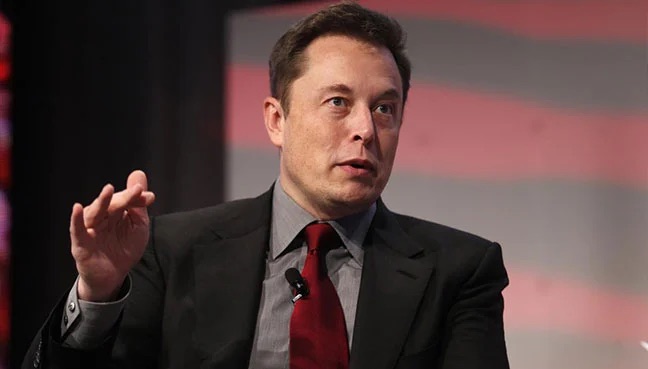
Digital Operations Government Efficiency, or DOGE, is an initiative that has come together very quickly. All of this change has been achieved since the abrupt departure of its founder, Elon Musk. Musk first envisioned DOGE as a way to advance strategic goals. Its primary purpose is to streamline government functions, particularly in the areas of immigration enforcement and fraud prevention. DOGE is having an exciting ripple effect across DOT’s, FAA’s, HUD’s and other government agencies. Yet, despite its success, its future is admittedly a bit up in the air.
DOGE was created to fix faulty federal processes. It started making waves immediately for its unorthodox approach and audacious goals. That’s the goal of this current mission, to build a sensitive personal information database. Under this initiative, the Administration seeks to accelerate legal immigration and combat COVID-related fraudulent government payments. Ever since Musk walked away from the deal, the scope and size of DOGE’s operations have been cloudy.
The Evolution of DOGE
When under Musk’s command, DOGE operated with a staff of roughly 100 employees, with hopes to grow that figure to 2x, or 200 total. The players on his team are people with long, ideological ties to Musk. They have gone further by adopting key agendas that fit with his and President Trump’s political agendas. This close-knit relationship has led to questions about the initiative’s goals and transparency in how it operates.
DOGE fully adopts the Silicon Valley ethos of “move fast and break things.” By doing so, it can continue to function outside the constraints that typically govern public workforce collective bargaining agreements. While this approach has enabled speedy transformations, it has simultaneously created a culture of distrust amongst the federal workforce. Speaking out in this online forum, impacted workers have decried the lack of cooperation and inadequate communication within the agency.
“They go about the work – they do stuff and then inform us later or we find out by the news.” – current employee at the Department of Education
DOGE’s tentacles stretch quite broadly into the federal machinery, even encroaching on agencies such as Social Security. According to multiple sources, DOGE has been running the show, while totally upending established leadership hierarchies at these nonprofits.
Financial Implications and Legal Hurdles
The financial implications of DOGE’s projects are significant. Interagency agreements are anticipated to be over $4.5 million. This includes about $3.7 million for personnel costs, $150,000 for travel expenses, and $735,000 in general administrative overhead costs. Despite this investment, DOGE faces a troublesome reality in federal courts. These obstacles have prevented Congressional staffers from gaining access to critical personal information held in agency databases.
Even with these hurdles, some local officials feel that DOGE’s efforts are already producing positive results. Gene Dodaro, U.S. Comptroller General, celebrated the positive impact DOGE has brought to federal administration. As director of the Government Accountability Office (GAO), he boldly brought light to GAO’s impact.
“They’ve opened up some data barriers that had been preventing the federal government from detecting improper payments and fraud.” – Gene Dodaro
While there are clear benefits to DOGE-funded projects, the driving landscape is still convoluted, Dodaro pointed out.
“So there’s some benefits.” – Gene Dodaro
DOGE is funded through FY25. Its impact on the nature of government practices and processes appears set to be institutionalized, particularly in the ascendance of Trump.
The Internal Climate at DOGE
The internal environment at DOGE has long been characterized as tense and disorganized by those who work within it. And with many employees feeling the eerie absence of such a collaborative spirit. They paint a picture of a toxic culture where the DOGE core team operates with authoritarianism. This in turn has resulted in a bleak feeling of erasure for many veteran agency employees.
“It is tense, and it is a weird environment.” – current employee at the Department of Education
Worries about transparency and a lack of cooperation have come up over and over again. Employees have argued that they have been shut out of basic decision making and have recently called attention to a chasm between DOGE’s innovative approach and normal public sector practices.
“There is no sense they are trying to collaborate.” – current employee at the Department of Education
Even as critics raise doubts about DOGE’s strategy, many inside the agency are hopeful about what it could accomplish.
“We actually have a lot of good people.” – Sam Corcos, health startup founder and member of the Treasury Department’s DOGE team
Author’s Opinion
The DOGE initiative highlights the stark divide between fast-paced, tech-driven innovation and the more collaborative, slow-moving nature of traditional public sector operations. While its potential for improving government processes is undeniable, the lack of transparency, coordination, and employee satisfaction points to deeper issues that need to be addressed for it to truly succeed.
Featured image credit: FMT
For more stories like it, click the +Follow button at the top of this page to follow us.
